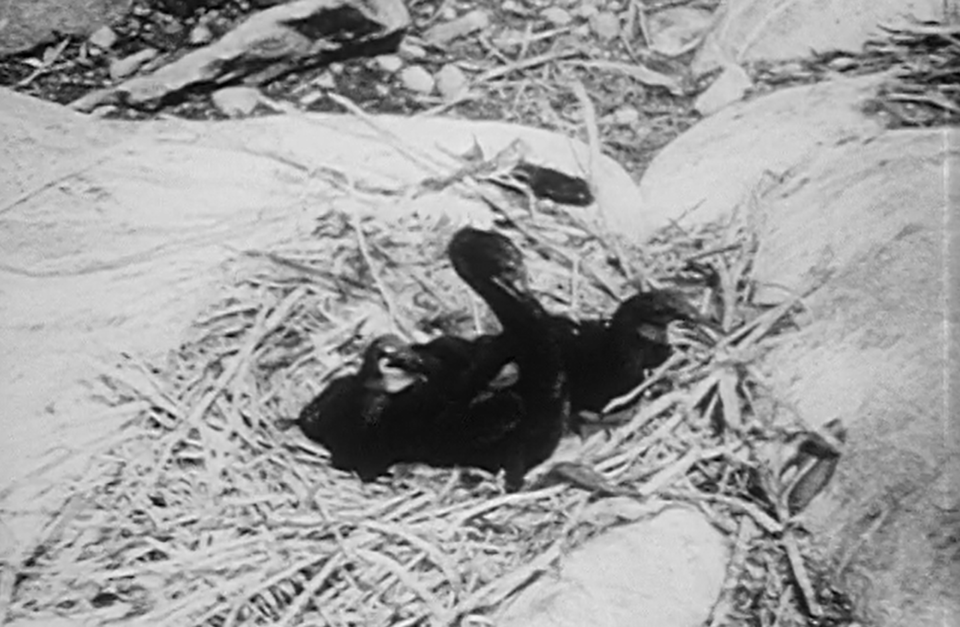The National Film Board of Canada has digitized and released a 1919 silent black-and-white film titled “A Bird City”, filmed at what is now the Old Wives Lake Migratory Bird Sanctuary near Mossbank.
The film is a five-minute relic of the early motion picture era, shot on 16-mm film for the benefit of conservationists, bird watchers, and other enthusiasts.
Thousands of birds fill the skies above the lake, and “A Bird City” also features closeup footage of nesting sites, herds of pelicans, and the life cycles of birds like the Great Blue Heron, terns, gulls, pipers, and more.
At the time, the lake was officially named Johnstone Lake, after Sir Frederick Johnstone, who visited the area to hunt in 1861 with fellow British politician Henry Chaplin. Nearby Chaplin Lake, also an important migratory bird site, has kept Henry Chaplin’s name ever since.
However, local First Nations people, pioneers, and other residents never stopped referring to the lake as Old Wives Lake, and in 1953 the government officially restored its traditional name. There are various accounts of how the body of water got that traditional name, but most agree that a group of older Cree women died there defending their tribespeople against a Blackfoot war party.
The interconnected lakes of Chaplin, Old Wives, and Reed received a designation of hemispheric importance in 1997 — one of only three such designations in Canada. Part of the Western Hemispheric Shorebird Reserve Network, the lakes are recognized as vitally important to many species, including Sanderlings, the Baird’s Sandpiper, and the endangered Piping Plover.
That designation is slightly at odds with the historical treatment of the site. Despite recognizing the area as environmentally significant, including a Migratory Bird Sanctuary established there in 1925, the primary use of the lakes is the mining of sodium sulphate. In the Second World War, a nearby gunnery air training school used the lake as a range — thousands of Canadian, British, and Australian aviators dropped bombs on floating targets, and the craters remain.
Saskatchewan still lacks a wetlands protection policy, and the area continues to suffer from agricultural and industrial encroachment. The Nature Conservancy of Canada recently purchased land on the shore of Chaplin Lake to help protect the area, noting that since 1970, bird species dependent on native grasslands have declined by up to 87 per cent.
“A Bird City” is an interesting watch and a reminder of the importance of being curious about, interested in, and protective of the natural wonders of the prairies.




